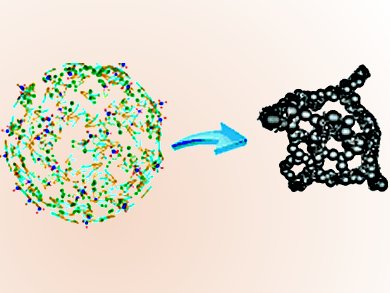The increasing need of rechargeable power batteries in emerging electric vehicles and hybrid electric vehicles has spurred tremendous research effort in developing lithium-ion batteries with high reversible capacity and fast charge–discharge capability. In the search for advanced anode materials, porous carbons with a large number of Li-ion storage active sites and a loose skeleton structure (vs. graphite) are attracting much interest due to their high available capacity and negligible volumetric expansion.
An-Hui Lu and his group at the Dalian University of Technology, China, have prepared a new type of porous carbon material by using an organic–inorganic–surfactant co-assembly method with silica and poly-benzoxazine as building blocks, followed by the removal of silica. These materials have a controllable mesopore/micropore volume ratio. When used as an anode material for a lithium-ion battery, a high reversible capacity of 660 mAh g–1 was observed even after 70 cycles at a current density of 100 mA g–1, and good rate performance.
Overall a new and easy synthesis method for porous carbons with a bimodal pore system is reported. Such materials are likely to find many applications in electrochemical energy storage.
- Porous Carbon Anodes for a High Capacity Lithium-Ion Battery Obtained by Incorporating Silica into Benzoxazine During Polymerization,
De-Cai Guo, Fei Han, An-Hui Lu,
Chem. Eur. J. 2014.
DOI: 10.1002/chem.201405068




porous carbons material gives 100mA/g really a good result.